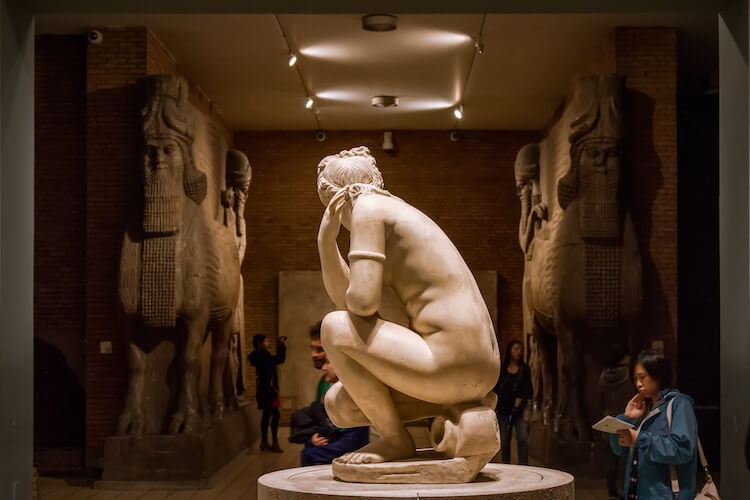
Process Of Making Bronze And Stone Sculptures
Vicentaa is one of the leading sculpture suppliers in the market. The company takes pride in the fact that it is a one-stop solution for impeccable large sculpture projects. The company is also known for its diverse projects. One of the reasons why Vicentaa stands out from the other companies of its kind in the market is the fact that it works with a variety of materials.
From metal to Bronze and stainless steel, fiberglass, and stone, there isn’t a kind of material that Vicentaa cannot work with. In addition to making the sculptures, the company also offers transportation, installation, and maintenance services. In this post, we look at the process of making bronze and stone sculptures.
Process of Making Bronze Sculptures
Making sculptures from Bronze or one of its alloys is one of the most challenging processes. It requires a lot of skill and prowess. It also involves various distinct casting processes, the likes of lost-wax casting.
Lost-wax casting method
Also known as the investment casting method, the artist has to start with a full-sized model of the desired sculpture. For small-sized sculptures, materials like plasticine are used.
On the other hand, for larger ones that are to get developed over a long period, water-based clays are the most suitable form of sculpting material. The process also involves the manufacture of a plaster master made from a mold and subjected to further refinement. In other words, the first step is the making of the mold. After the mold is completed, a wax is then cast from it.
For larger sculptures, the hollow is used instead of wax. The hollow is cast into the mold and retained in its desired location once the wax has melted away. The process involves the use of pins that are of the same metal from which the sculpture is made.
Process of making stone sculptures
- The first step is to create a vision board for the type of sculpture you want, where it will be situated, and for what purpose you are making it. This will help determine the type of stone and tools you need.
- The second step is to acquire the necessary tools as well as safety gear for the project. Some of these tools include a mallet, chisel, files, rasps, and a hammer. Safety tools like googles and a helmet would also come in handy.
- The next step is to choose a stone. You can always get the stone from a distributor or directly from the quarry. The type of stone that you choose should depend on the type of art piece you are looking to create and the story you want to tell.
- Next, you need to study the rock you have and begin the subtractive process. This is where you keep removing pieces of material until you reach the desired shape.
- Once you have created the piece, you might want to proceed and make fine the rough edges or leave them as is.
Conclusion
The process of sculpting differs depending on the material that you are using. For instance, if you are using clay, additive sculpting is the go-to process. On the other hand, if you are using stone, subtractive sculpting is the best choice.
